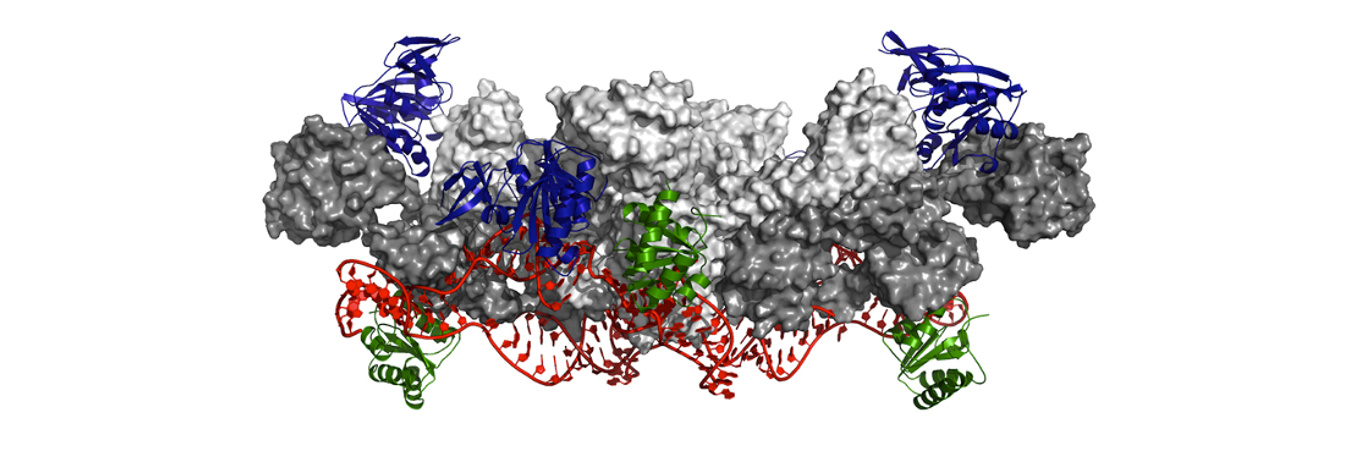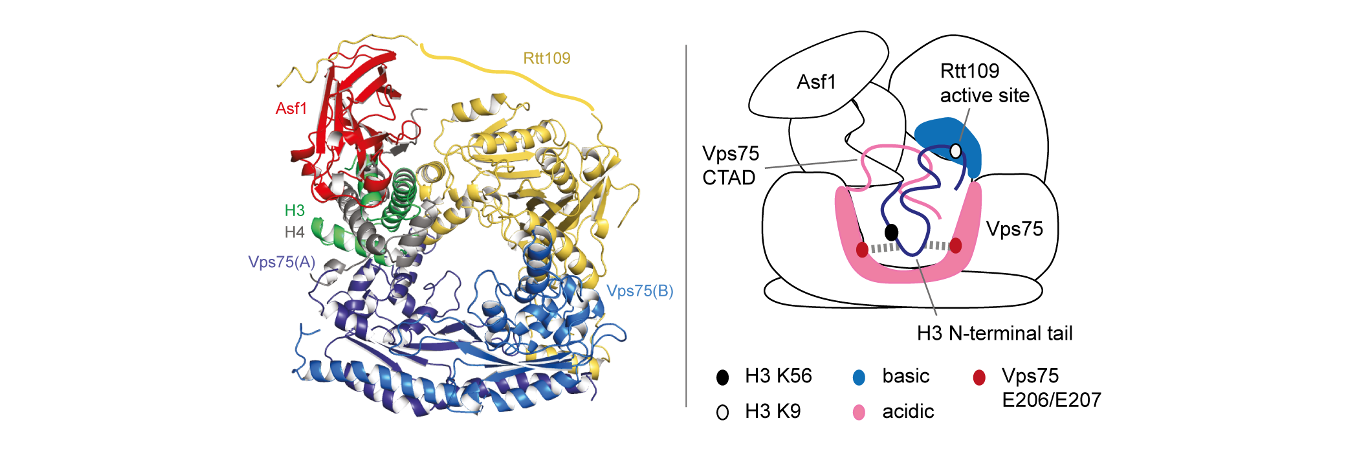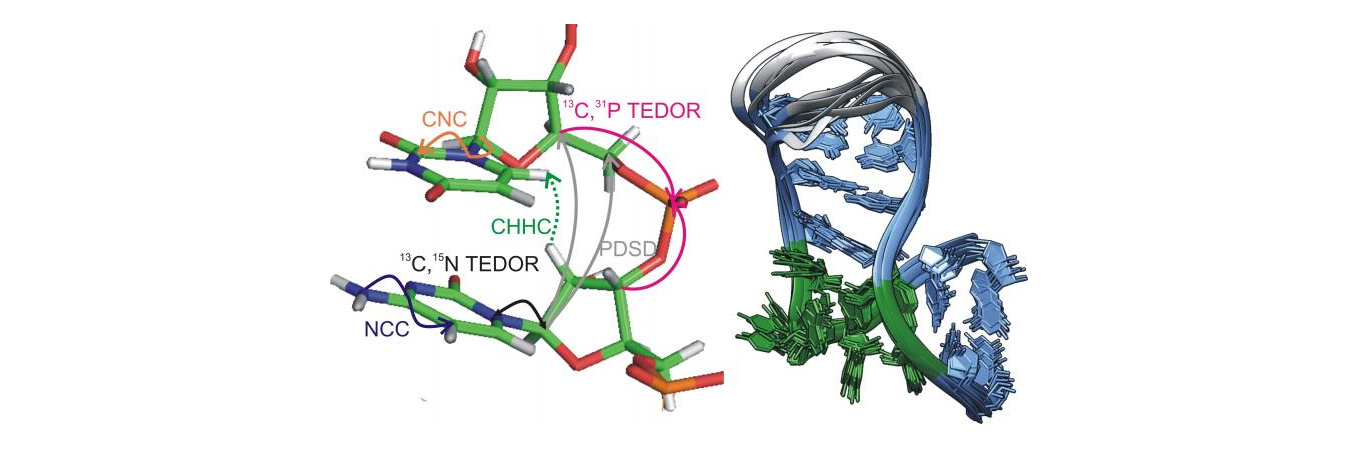Welcome to the Carlomagno Group website:
Integrative Structural Biology at the University of Birmingham
We are a group of (bio)chemists, (bio)physicists and molecular biologists interested in understanding the function of biologically important molecules. To accomplish this, we study not only the three-dimensional structure of biomolecules and their complexes, but also how they change conformations in response to the environment, binding partners and chemical reactions, and how their particular structural and dynamic features support and tailor their function. NMR spectroscopy is our main expertise: we apply this technique to macromolecular complexes consisting of both proteins and nucleic acids, and we develop new methods to push the boundaries of NMR towards increasingly complex questions. We are strong proponents of interdisciplinary strategies, combining NMR spectroscopy with many other techniques in a truly integrative approach to structural biology.
We are particularly interested in three biological areas:
- RNA editing, modification and metabolism.
- Chromatin modifications.
- Regulation of protein function in cancer and infections.




